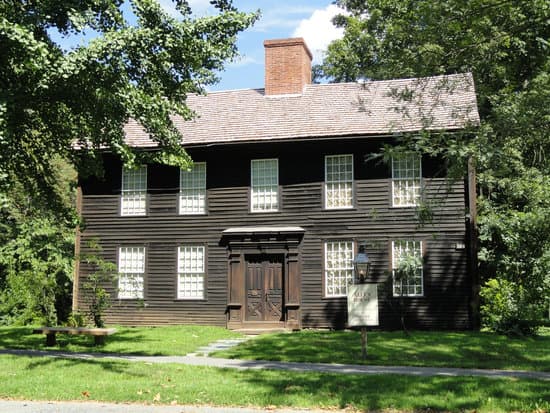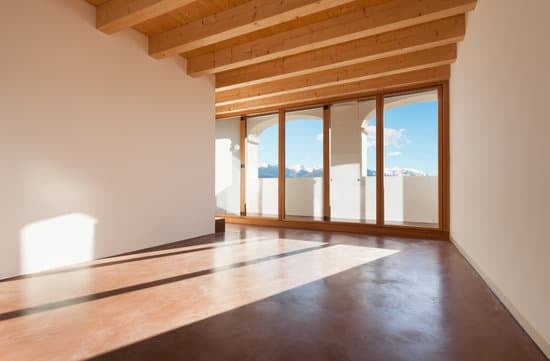To ensure a successful exterior paint job, it’s important to consider the weather conditions before you start. While some may be tempted to paint their homes year-round, there are certain times when it’s best to hold off. Here are some situations when you should avoid painting outside:
When the temperature drops below 50°F: Cold weather can negatively affect the quality and lifespan of your paint job. Paints made of oil-based or alkyd formulations can become thicker and harder to handle, which can lead to uneven coverage and unsatisfactory results. The low temperature can also hinder the curing process, which can cause the paint to crack or peel over time.
During rain or high humidity: painting during rain or high humidity can lead to a number of problems. Moisture can seep into the paint, causing it to bubble, peel or crack. Additionally, high humidity can slow down the drying process, which can lead to prolonged exposure to the elements and damage to the freshly painted surface.
When there is strong wind or heavy gusts: Wind can stir up dust and debris that can get caught in the wet paint, creating unsightly bumps and imperfections. Additionally, strong winds can also cause the paint to dry too quickly, leaving you with a subpar finish.
By taking these factors into account, you can ensure a positive outcome for your painting project, and enjoy a beautiful, long-lasting exterior.



















